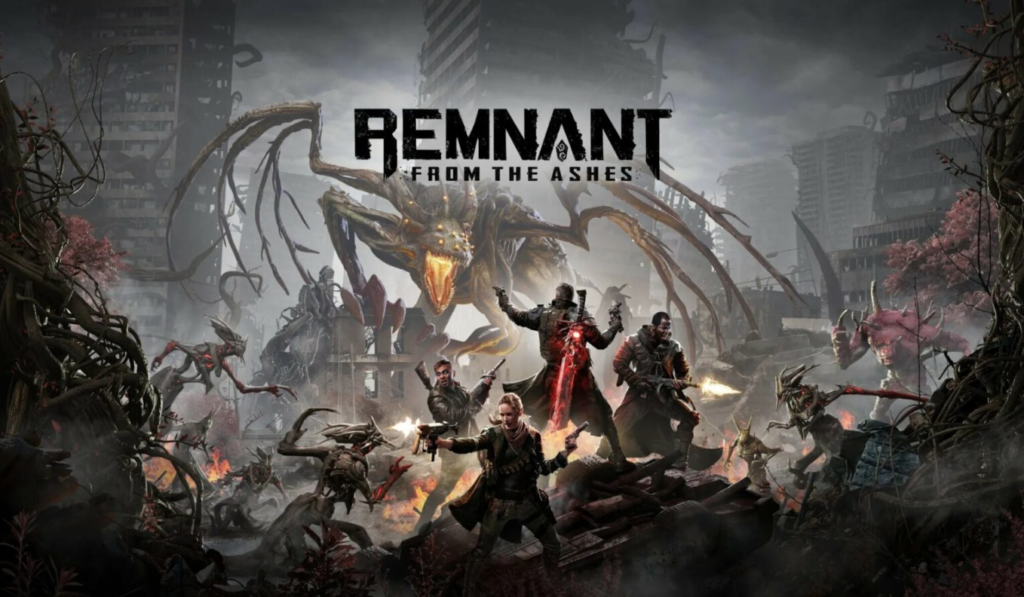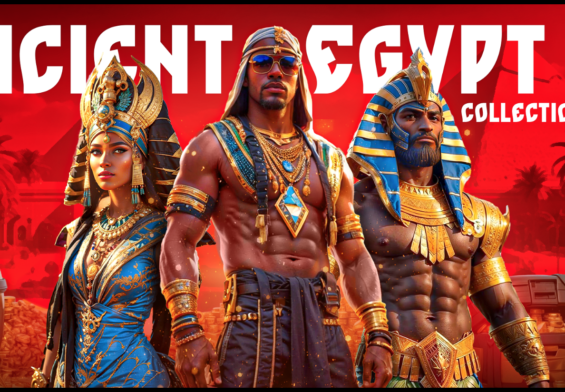The video game market is bigger than the movie and music industries combined, and this has led to a plethora of games across multiple platforms such as mobile, PC, console and even the cloud. But for many gamers, finding the right game for their tastes remains a challenge, and researchers have found that this is largely because games lack a robust genre taxonomy.
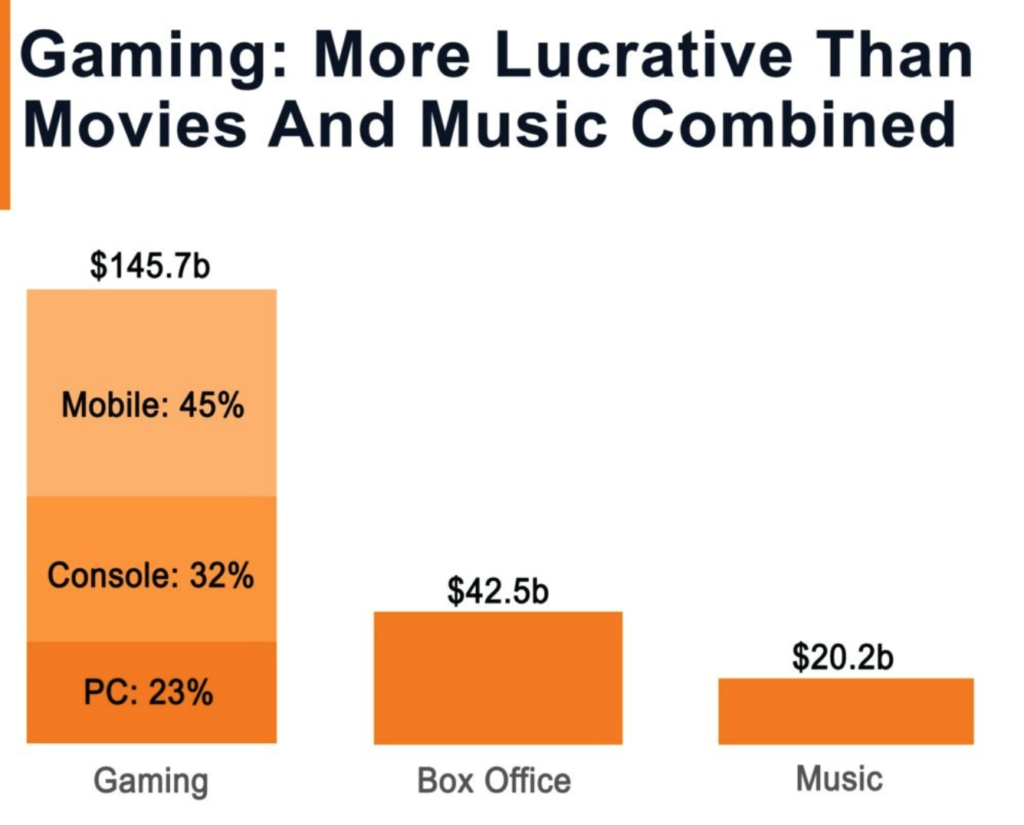
Veteran designer Ernest Adams argues that a game’s genre cannot be determined by its theme, setting or even its intended audience (like children, for instance), but on what you do in-game, or its core gameplay mechanic. We couldn’t agree more.
In our taxonomy, video game genres encapsulate the core gameplay concepts of a game. Genres are assigned mainly on gameplay and not story, theme, setting, or tone – these concepts are used to refine, rather than define, genre labels.
Rigorous game genres are the need of the hour. Genre is the second-most important decision driver in buying books, and the principal deciding factor in watching movies. Genre also influences what games we choose to play. Yet, game genres are loosely defined and problematic on many levels. Authors and filmmakers can work within well-established genre conventions but game developers, sellers and buyers can’t.
Our first task then, is to identify why current genres fail, and then provide rigorous definitions of game genres. We will then explain how our genre labels address the various problems that plague current genre taxonomies. In a subsequent blog, we will show how our genres, coupled with our broader taxonomy, can enable game retailers and subscription platforms to provide better recommendations, and help developers make informed and creative design choices.
Game Genres Matter for Developers, Sellers and Gamers
As of 2023, there are more than 50000 games on Steam, and almost 700000 mobile games available across the App Store and the Google Play store.
How, then, does a gamer choose a game to play? A survey of more than 1,200 gamers revealed that 74% relied on genre information when selecting new games to buy. Video game genres are hence the focal point of analyses meant to yield actionable insights into games. However, few of these reports adopt a rigorous methodology for studying game genres, undermining the insights they derive.
For years, the Entertainment Software Association has covered the most popular genres among key demographics like gender and age, without providing genre definitions. Even scientific studies try to derive insights about gaming based on genres without nailing down what game genres are. One study maps personality traits to genre preferences, another examines how genres correlate with ‘problem video game playing’, or gaming addiction. The former does not provide any genre definitions, and the latter provides loose descriptions, rather than definitions, of genres.
In our next section, we will delve into why such imprecise genre labels – used by gaming websites, researchers and analysts – do not serve their purpose, which is to help developers, publishers, sellers and gamers make informed choices.
How Video Game Genres Fail
In a research paper focussed on game discovery, Rachel Clarke and Jin Lee identify several reasons why game genres fail, despite the importance of genres across media in driving buying decisions.
A good, but poorly marketed game is likely to sell eight times fewer copies than a good and well-marketed game. As genre drives buying decisions, it is essential to a game’s marketing, and bad genre labels can impact a game’s chances of success.
According to Clarke and Lee: these are the main reasons why game genres fail:
- Some catch-all genres like action are assigned to too many games
- Some multifaceted games such as Minecraft are assigned to too many genres
- Labels like ‘souls-like’ and ‘metroidvania’ become equated with the very genres they reinvent.
Clarke and Lee point out that a popular gaming site classes Super Mario Bros (1985) and Grand Theft Auto as action games, though GTA and Mario are quite unlike each other. Other catch-all terms like action-adventure, RPG and ‘indie’ are applied too broadly, and the researchers quote a gamer who finds the label meaningless because more than half the games in digital storefronts are called action-adventures.
Then there are games like Minecraft (2011), which offer a great deal of gameplay options. Such games lose their identity by being tagged with too many genres: as Clarke and Lee ask, what is Minecraft when it has over 10 genres assigned to it?
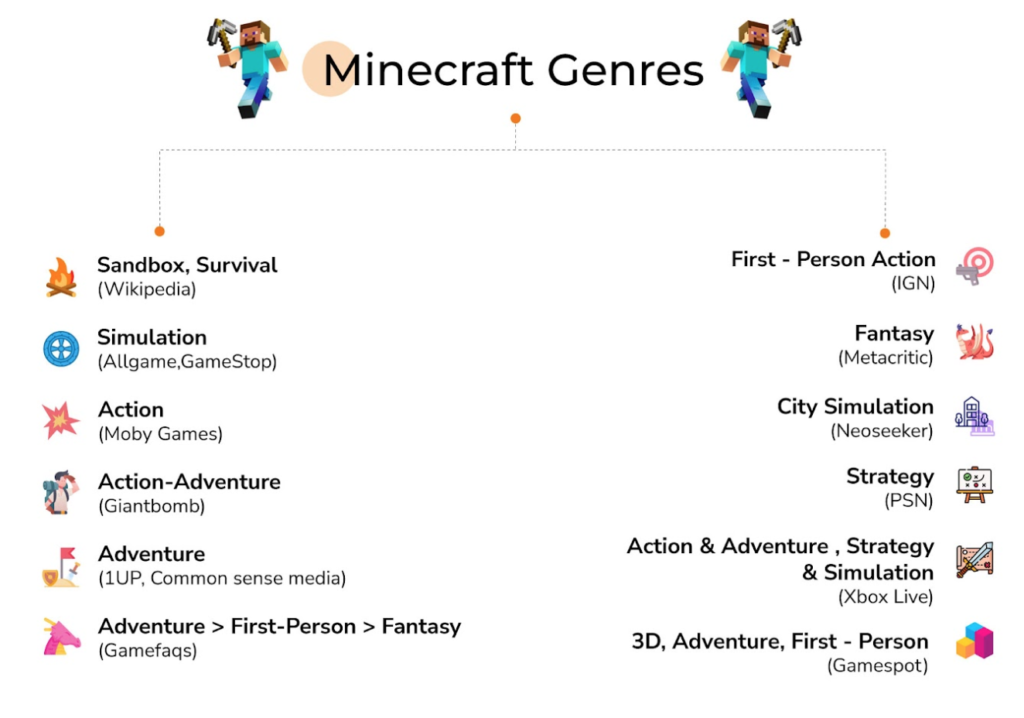
The souls-like and the MOBA (Multiplayer Online Battle Arena) are remarkable twists on the fighting and strategy genres. As they rose in prominence, more and more developers emulated such games. Due to the MOBA’s popularity, the strategy genre can become equated with what can be considered as one of its sub-genres, and strategy game recommendations may end up containing only MOBA’s.
Or consider Elden Ring (2022), the first open-world souls-like. A user expecting the exploration and discovery of Skyrim (2011) would find themselves fighting for every inch of the map. However, if the term souls-like were clearly defined, the gamer would have some idea about the hostile terrain of Elden Ring’s open world.
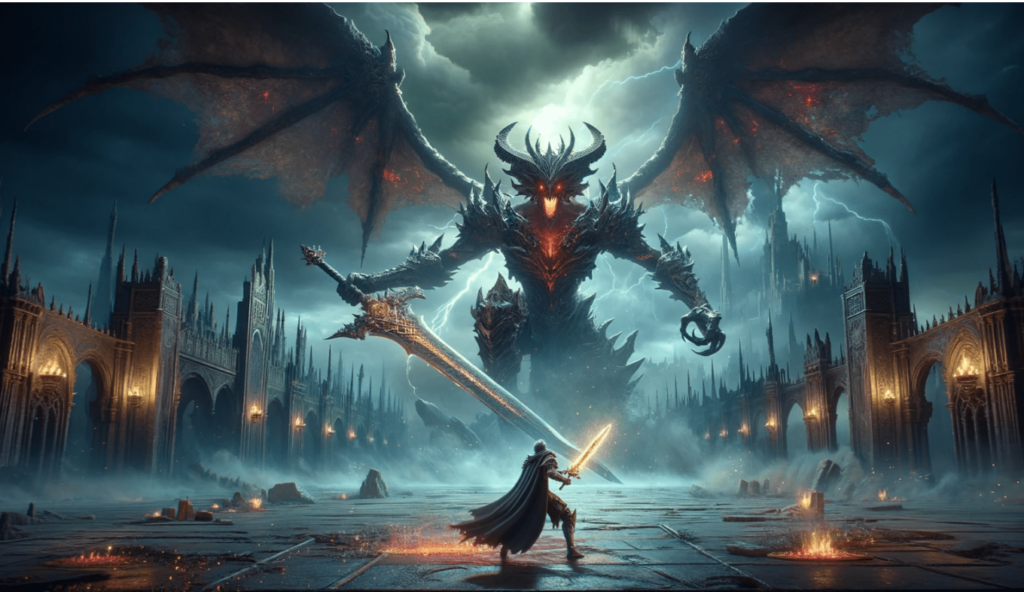
Imprecise genre labels impair game discovery, which in turn can impact sales. But they also vitiate studies based on them.
One study uses the Five Factor Model – a standard framework for assessing personality using core human traits – to map gamers to genre preferences. According to the study, introverts tend to like ‘indie’ games. But as Clarke and Lee point out, ‘indie’ games can belong to any genre. So what type of indie games do introverts like?
A study by psychologists found that gaming addiction was most prevalent among those who played MMORPGs, first-person shooters and action-adventure games. However, the study defines the FPS as a ‘kill-or-be-killed game from the player’s eye view’. A game like Fashion Police Squad (2022) doesn’t fit this definition – in this FPS, you fight ‘fashion crime’ by shooting badly-dressed NPCs, instantly clothing them in fashionable attire. What, then, is its addictive potential?
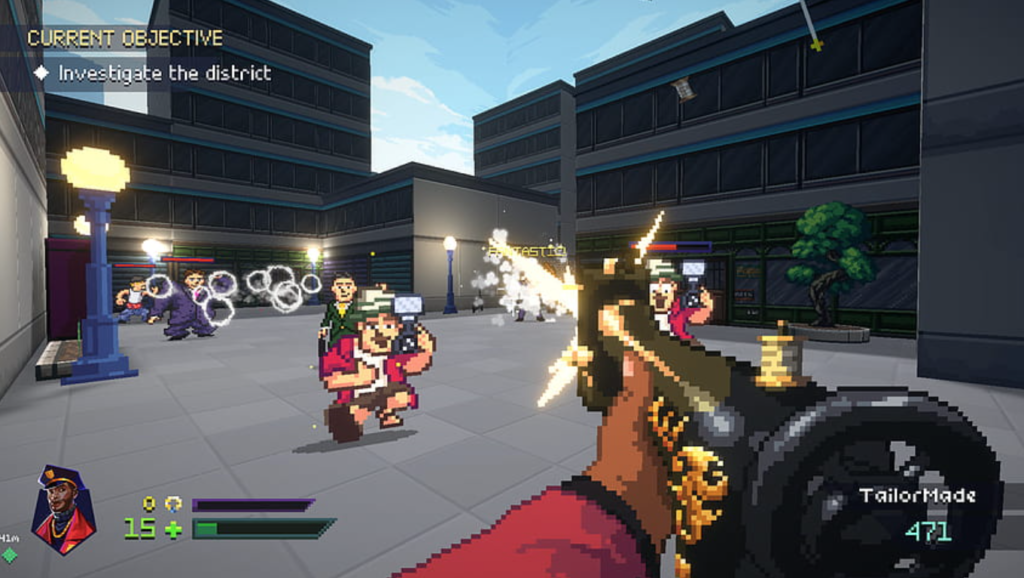
If such studies had defined genres with care, then all of them would be critical to the gaming ecosystem. Game e-retailers could estimate a buyer’s personality based on purchase history and tailor recommendations, and developers could make games for specific personality types. But these studies’ findings can only be treated as estimates, and we need proper definitions to understand game genres and put them to use.
Resolving the Genre Muddle – Game Genres Defined
In this section, we will attempt to sort out the genre muddle – the confusion that results when there is no standard to define genres. We will first define core genres and will then explain how they solve the problems endemic to current classification systems.
Shooter
In a shooter, the player must aim and shoot projectiles – whether they are bullets, arrows, or magic fireballs – at a target in order to achieve a given objective. These games typically feature ranged combat. There are tons of shooters out there – the Call of Duty franchise, the Halo franchise and more. Immortals of Aveum (2023) allows you to aim and fire spells and magic projectiles – it is called a first-person magic shooter.

Role-Playing Game (RPG)
In an RPG, the player advances up a power curve, getting stronger and stronger at certain skills as they unlock experience points, perks or any in-game feature meant to reward and enable progress.
Such games offer many playstyles: you could play as a mage or archer in a fantasy RPG, and experience a strong sense of skill progression in your chosen role. Levelling up is usually tied to completing quests and missions that are part of the game’s story, but completing ‘side-quests’ can help you progress too.

Action
Action games require quick movements, fast reflexes, excellent hand-eye coordination and short reaction times. They test your ability to use an input device proficiently to score an in-game objective.
Arcade classics like Breakout (1976) and Asteroids (1979) are pure examples of action games. In his 1982 book The Art of Computer Game Design, industry pioneer Chris Crawford categorises all arcade titles as ‘skill-and-action’ games.

Adventure
The ideal adventure game is a perfect blend of narrative and exploration: a game should have either one of these in good measure to count as an adventure.
The visual novel series Ace Attorney are interactive narratives where you collect clues, solve the crime and then cross-examine people to exonerate your client. Gone Home (2013) combines exploration and narrative: the player must explore their empty family home and discover what happened to their kin.
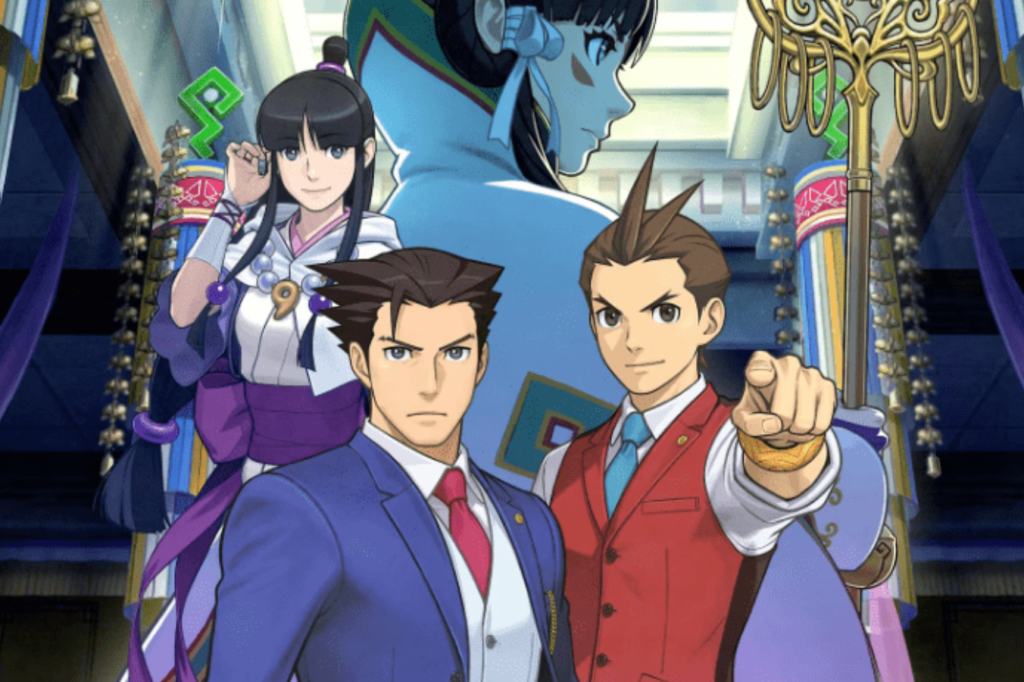
Fighting
In a fighting game, a player has to engage in real-time close-quarters melee combat with one or several enemies. Any other type of fighting, such as turn-based or ranged combat, doesn’t count. Street Fighter, Tekken and Mortal Kombat feature fast-paced, button combo-based unarmed melee contests.
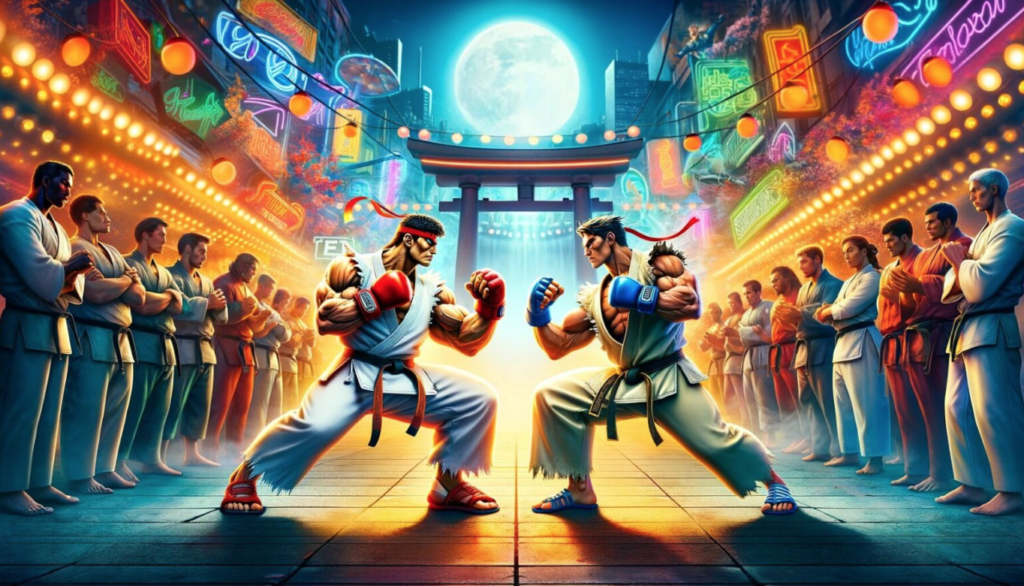
Massively Multiplayer Online Game (MMO)
An MMO is any game that has a massive number of players playing online together. Black Desert Online (2014) is an MMORPG that has servers located across regions, like the ASEAN or the EU, facilitating low-latency gameplay for thousands of players in various parts of the world. A game like GTA Online, which might have thousands of concurrent players playing online, does not count, as the gamers are playing in groups of 30 or less.

Platformers
In a platformer, the player character has to jump, climb or use other in-game mechanics to move from one platform to another. The player may have to deal with enemies or avoid hazardous areas to land on the next platform, failing which they will die.
Super Mario Bros is a platformer that played a big role in reviving the industry during the ’80’s. Modern indie games like Celeste (2018) and Super Meat Boy (2010) are precision platformers that require timing and carefully planned moves to cross all platforms.

Puzzle
Puzzle games require the gamer to solve problems using logic. There may be multiple solutions to a puzzle, but the player cannot stumble upon any of these by just acting randomly. To solve the puzzles, the player needs to recognize patterns, uncover clues and may also need to perform a set of moves in a certain order. Games like Portal (2007), Candy Crush (2012) and Zuma (2003) offer the gamer a good mental workout.
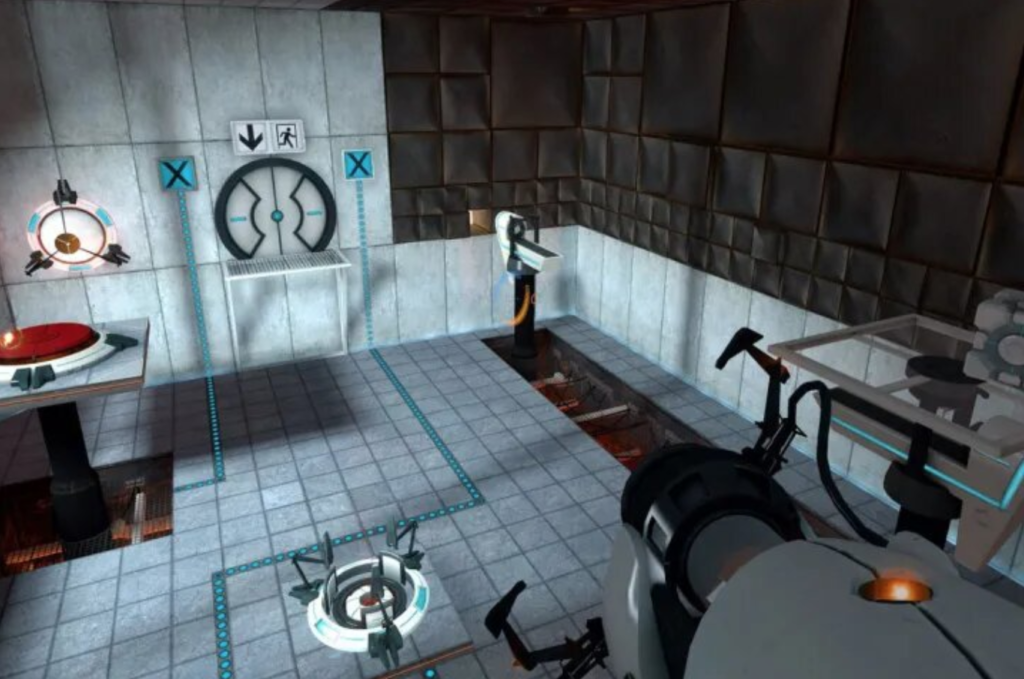
Strategy
Games in this genre require tactical thinking and logistical planning. The player has to garner and apportion resources, place troops in the right areas, and supply them with the resources needed to manoeuvre effectively.
Combat-based strategy games such as Starcraft (1998) stress this genre’s tactical aspects while non-combat games emphasise the logistics of allocating resources to build cities, settlements and the like. Cities: Skylines (2015) is a non-combat game that recreates the intricacies of city building – you have to plan out areas per zoning laws, place roads properly to avoid gridlocks, and even deal with economic flux. StarCraft requires you to manage resources and position troops rapidly – it demands tactical thinking and quick reflexes.

Simulation
A simulation game recreates a scenario as realistically as possible. In a racing simulator, you need to be familiar with every aspect of your car, in a flight sim you have to know about every switch in the cockpit and even weather conditions like wind speed.
Elite Dangerous (2014) simulates the intricacies of space travel as though it were a real-life scenario. The title focuses on the ground realities of space travel so well that a VentureBeat columnist even stated that while asleep, his brain could not distinguish the game from reality and he would wake up at night, wondering where he was. Elite Dangerous even uses sounds from space recorded by NASA.
Setting the Record Straight
While we have defined several important game genres, we have left out a few as they are somewhat self-explanatory, such as digital recreations of real-life sports, racing and driving games, and digital versions of games like monopoly or poker.
Essentially, we wanted to set the record straight about the ‘marquee’ genres in gaming, like the shooter, the RPG and so on, and tie their definitions to their core gameplay. Combining these genre definitions with other aspects of our taxonomy can resolve the genre muddle and allow games to be analysed with rigour.
Making Game Genres Actually Useful
Let us now elaborate on how our genre definitions resolve the three main problems pointed out by researchers Clarke and Lee:

- Catch-all terms like action-adventure, action and RPG are applied to too many games: our precise definitions for the action and RPG genres ensure they cannot be applied indiscriminately. Even the action-adventure label is only assigned to games that contain both action and adventure in good measure, like Uncharted 4 (2016). We also qualify what type of action-adventure a game is, based on its core gameplay. Hence, the Halo games are action-adventure shooters and the Spider-man games are fighting action adventures.
- Some feature-rich games are assigned to too many genres: even we assign a variety of genres to games that offer multiple gameplay options. But we refine such assignations using the four-value system, which is discussed in-depth in this blog. We will explain it in brief here: ‘shooter’ is the defining genre of a game that predominantly involves shooting and ‘RPG’ would be the key genre if the title required you to level up consistently to progress in-game. ‘Puzzle’ would be a ‘notable genre’ if the game required you to solve puzzles occasionally to progress in-game. If it features melee combat that plays little to no role in progression, then fighting becomes a minor genre element. We quantify and qualify the various genres assigned, giving a clear picture of what the gamer will be doing in-game. Minecraft doesn’t have a bunch of genre labels, but a set of genres arranged under a four-value hierarchy.
- Terms like ‘souls-like’ can become equated with the genres they reinvent: in our taxonomy, terms like souls-like and metroidvania are not considered genre labels at all. The label ‘souls-like’ was coined after the fact to describe titles that emulated the Dark Souls games. We retain the term souls-like and call it a descriptive genre as it is a handy thumb rule for what a souls-like should feature. However, the souls-like is not a genre, and we identify each soul-like’s defining genre, its key themes and settings, and quantify these data points using the four-value system. We also create detailed descriptions for terms like souls-likes,

listing all their features and eliminating any ambiguity about what the term entails. Using this method, we classify Remnant: From the Ashes accurately as a souls-like shooter, and can also pinpoint how From Software transplanted the souls-like onto an open world.
